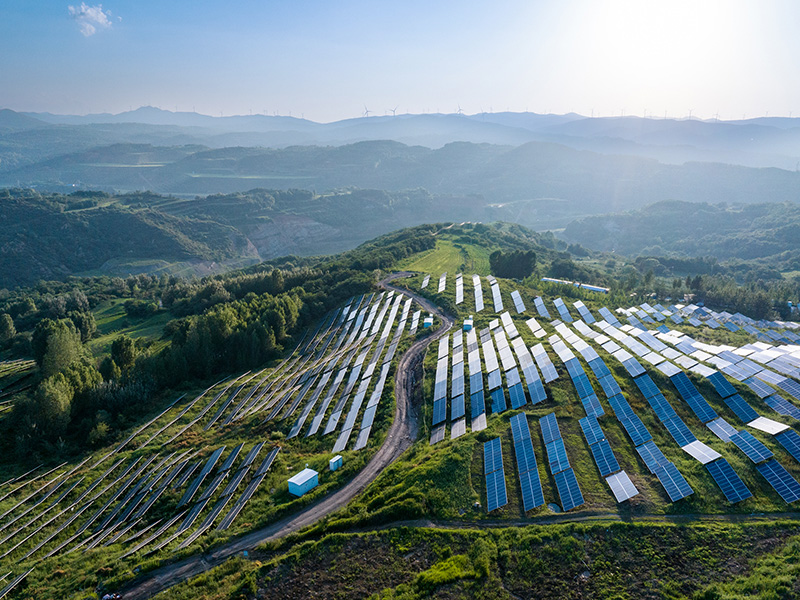
Photo by Ismail Merad on Unsplash
Authors
-
Lin Wang
Former Director, Transformation, BSR
It’s hard to believe that at this time last year, China was alone in suffering the first impacts of COVID-19, and the pandemic was not yet a global crisis. As I wrote in my blog, “The Coronavirus’ Impact on Chinese Society and Supply Chains,” cities and counties across China were closed, and workers who had traveled to their hometowns for the Lunar New Year celebrations were stranded and unable to return to the cities in which they worked. At the time, we faced huge questions about how long factories would remain closed and what impact this would have on the global supply chain.
In the time since, COVID-19 has brought immense amount of suffering across the entire world. However, in China, the focus on fighting the virus has resulted in a rebound in business and even labor shortages. However, the 2021 Chinese Lunar New Year is approaching, and it’s starting to put pressure on China’s business, society and families. As a large population prepares to travel back home, especially students and workers, COVID-19 cases are increasing. The government is encouraging people to stay where they are and are taking more measures to trace and control traveling. Many families will not be united for the second year in a row. Manufacturers will face a second wave of worker shortages due to the travel controls and quarantine, and these will have a direct impact on production and cost.
As business feels its way through these uncertain times, change is happening—and not only driven by COVID-19. As we look to 2021, the Year of the Ox, here are four trends to watch in China’s manufacturing and supply chain environment:
1. Climate
China has made significant announcements to peak emissions by 2030 and achieve carbon neutrality by 2060. These are big, important developments and will be key to fighting the global climate crisis. At the same time, China will continue to strengthen its efforts to improve overall environment performance, including water and eco-system stewardship. These impacts on business will be potentially profound, and how these impacts develop and evolve will be important for global supply chains and their China operations.
2. The 14th Five-Year Plan
This key roadmap will outline the government’s focus areas and how it will steer China’s development, especially in the areas that will have immediate impact on the market and business. With regards to climate, the Plan will integrate China’s climate commitment strategy with implementation outlines 2021-2025. We predict that the Plan will provide insights into green finance, green technological innovation, clean production, low carbon, energy efficiency, and other policy elements which will impact how China navigates toward its climate goals—and how business needs to react. On the social side, after announcing its success in alleviating absolute poverty during the 13th Five-Year Plan (2015-2020), China will continue to work on building a well-balanced society by improving national social benefits, including education, health care, and quality life for all, by continuing to work on relative poverty through various economic means and jobs. Business will play an important role in supporting this agenda.
3. Digital in China and E-Commerce
The acceleration brought to e-commerce in China by COVID-19 has been profound. This is going to grow and evolve, and the digital marketplace will continue to transform the Chinese economy. Interestingly, the 14th Five-Year Plan will reinforce this, as it seeks to drive growth driven by domestic demand, innovation, artificial intelligence (AI), and technological self-reliance in products and services. The learnings for business will be important, both for the Chinese marketplace and beyond.
4. China’s Place in the Global Market
China’s position in the global marketplace will continue to shift this year as more sectors open up to foreign investment, including finance, education, and insurance, and more Chinese businesses become publicly listed and follow international standards. At the same time, China is increasing its overseas investments, especially in Africa and One Belt One Road regions, and due to the cost and COVID-19, many Chinese industry owners have moved their productions to other parts of Asia. As a result of this increased overseas presence, Chinese industry associations and government agencies have issued sustainability standards and guidelines for Chinese businesses with international operations. This will have a significant impact not only on sustainability performance in China, but also in the global market.
In short, 2020 and COVID-19 created a period of profound shock and change. But the China that emerges in 2021 will be different from the China I wrote about in February of 2020. The ongoing changes that we can already see will bring important impacts to the companies doing business in and sourcing from China. Climate change and energy, e-commerce, governance frameworks, and market reforms will all shape 2021 and beyond. These changes will become clearer when China finalizes its 14th Five-Year Plan in March.
Watch this space for more as we unpack how regulators, stakeholders, business, and others understand and digest the development that 2021 is sure to bring. Engage with us to inform your understanding and develop your China strategy.
BSR’s latest sustainability insights and events straight to your inbox.
Topics
Let’s talk about how BSR can help you to transform your business and achieve your sustainability goals.







